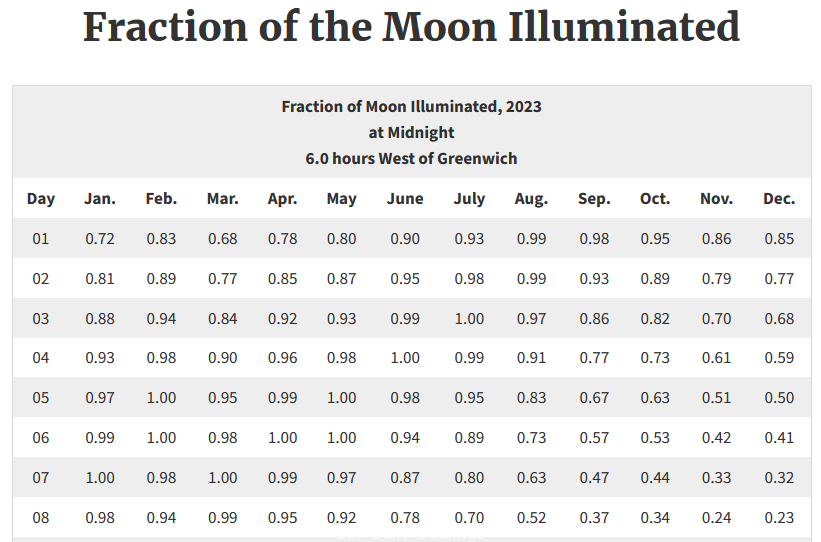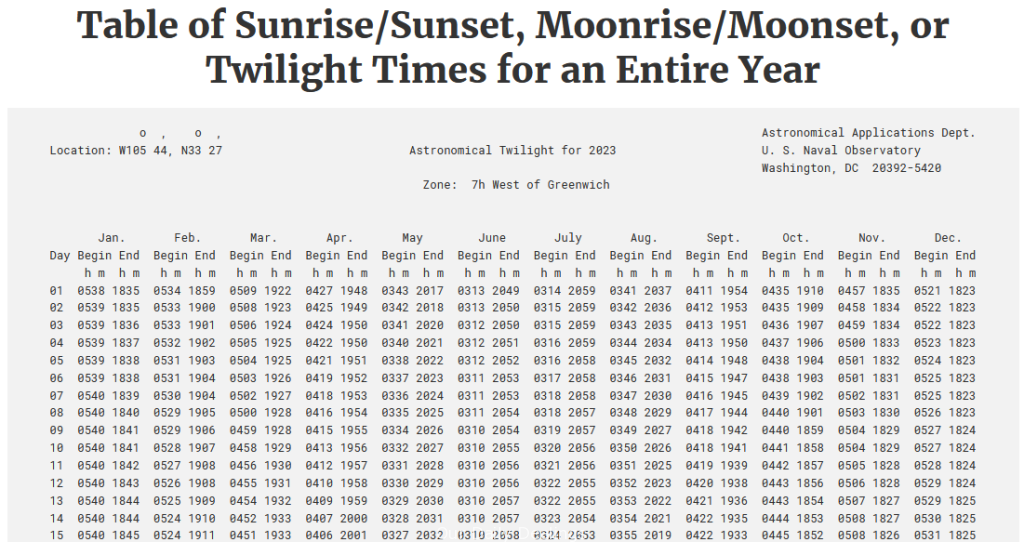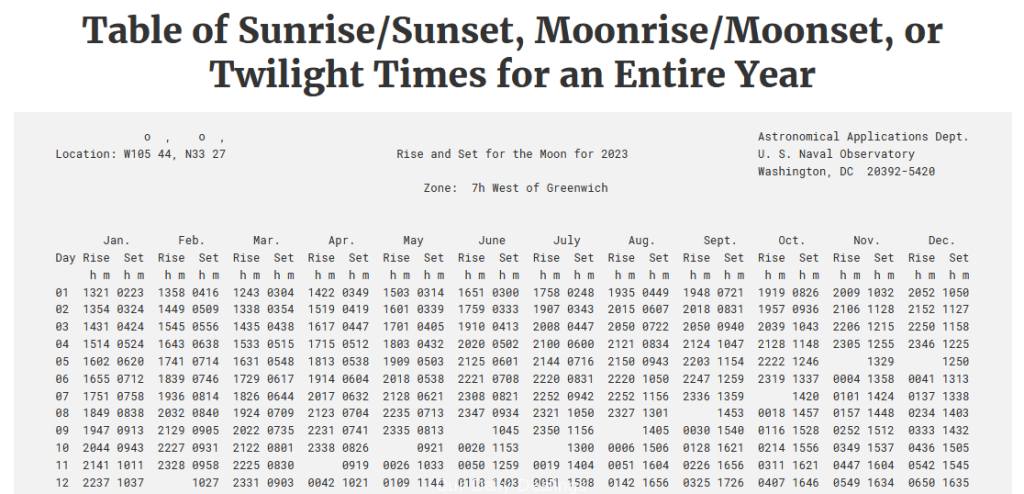I had the opportunity to do some business travel several years ago; it began with New Mexico. St. Louis to Albuquerque, through Socorro, and finally ending in Ruidoso – the views are a magnificent combination of dead, majestic, and depending on the time of year, vibrant with color. It was never a dull drive. Coworkers showed me some tasty local joints and scenic spots. The perfect compliment to taking in all the views was having my camera by my side at all times. With work typically starting at 0600, I had an entire afternoon and evening (or well beyond twilight) to explore the state. I had a basic flip phone at the time, and it wasn’t even equipped with a camera or navigation, so I had to make driving plans in the hotel before hittin’ the road.
It can be somewhat intimidating to roam around a new state, so after researching a destination, I would print directions to the site and back to the hotel. I could’ve reversed directions, but I wanted to prevent any confusion. Driving in the daytime compared to night? Yup, things can look a little different especially when spending extended periods of time in a location. None of that ever stopped me. I think the craziest incident was having to do a multi-point turn on a steeply inclined mountain road in the dead of night. It was the kind of incline that would cause the car to roll upon releasing the brakes, resulting in the occasional two-foot driving.
Earlier, I mentioned photography, but it was New Mexico’s night skies that really hooked me into long exposure photography. Though I can’t remember the name of the road, I remember exactly what the area looked like where I first saw the Milky Way galaxy, plainly with my eyes. I even had a 20 year old flashlight that I used to ‘paint’ the scenery around me during an exposure. The center of our galaxy can best be seen and photographed during the summer months, and the settings for a night sky portrait (not star trails) are fairly standard: 20-30 seconds, F3.5 (the max on my lens), ISO 3200. They can turn out a bit noisy, but that can also be somewhat mitigated with some processing – or even multiple exposures at a lower ISO.
When I took my first long exposure shot at night, I noticed my camera got hung up and remained busy for nearly 30 minutes. I even made it back to the hotel and the thing was still busy. I was getting nervous since I was not sure about the battery life; I was really excited to see how the photo turned out – which, a same-night preview is still way better than a couple days at the local store’s photo lab. Eventually, the camera finished processing and I was able to see the photo.
Earlier, I mentioned the need to plan for these shots. I always had the moon phase and astronomical twilight schedule posted on my cube walls – if I could, I tried to schedule business travel when the moon would either be absent or a small crescent to minimize moonlight and let the stars illuminate the skies. It’s pretty unbelievable when you can’t even pick out the bright constellations you can see at home (in a heavily light polluted sky) because the black void is scattered with pin points of light – breathtaking beyond words. Second to city lights and lunar light, you’re at the mercy of the weather and pesky clouds. Here’s a sampling of some charts.




There we go. It’s all pretty stuff to look at. Seeing a dark blue strip of squares for Cloud Cover and Darkness makes for some great nighttime opportunities!! This gets a littler nerdier, so we’ll continue next week!


